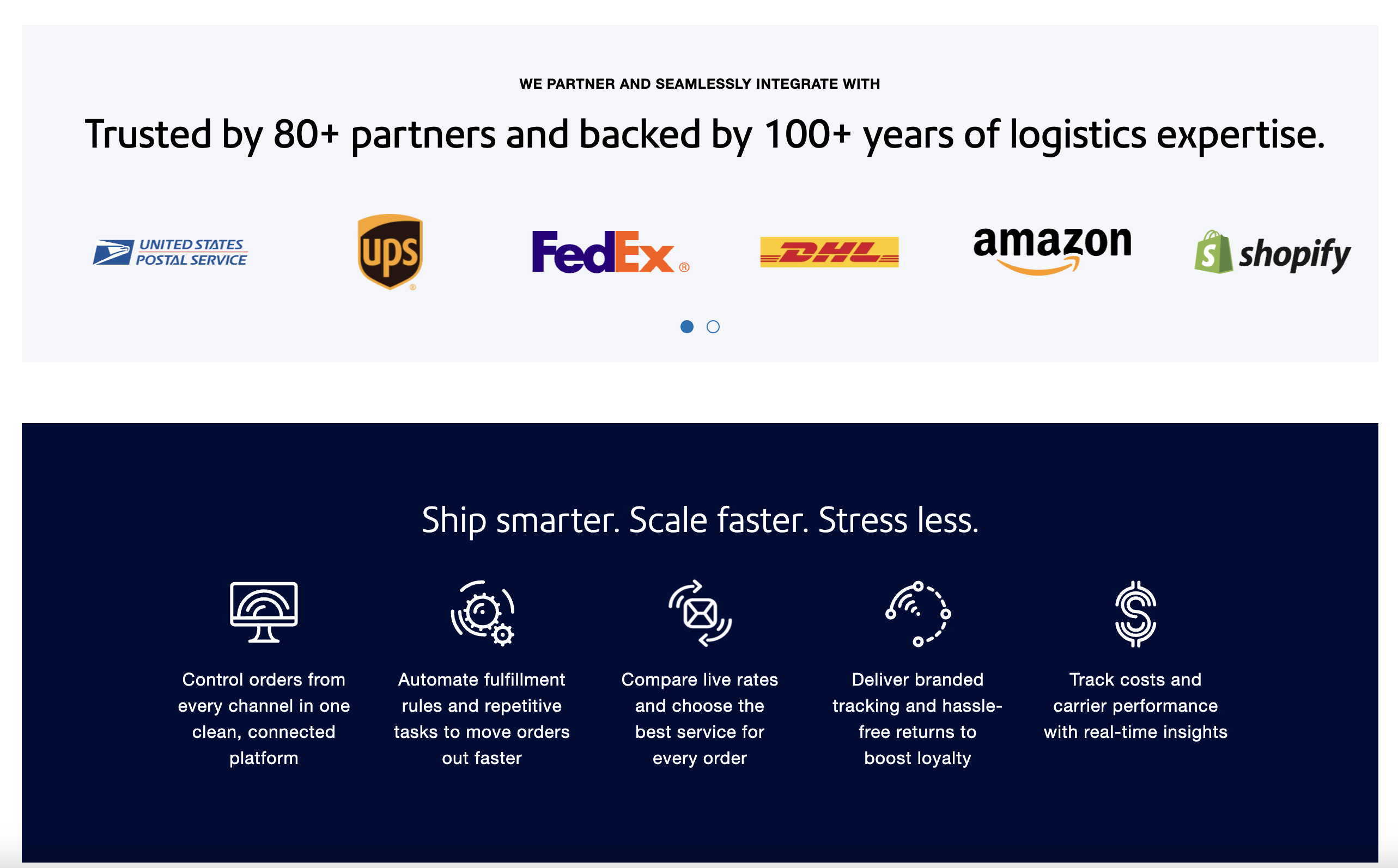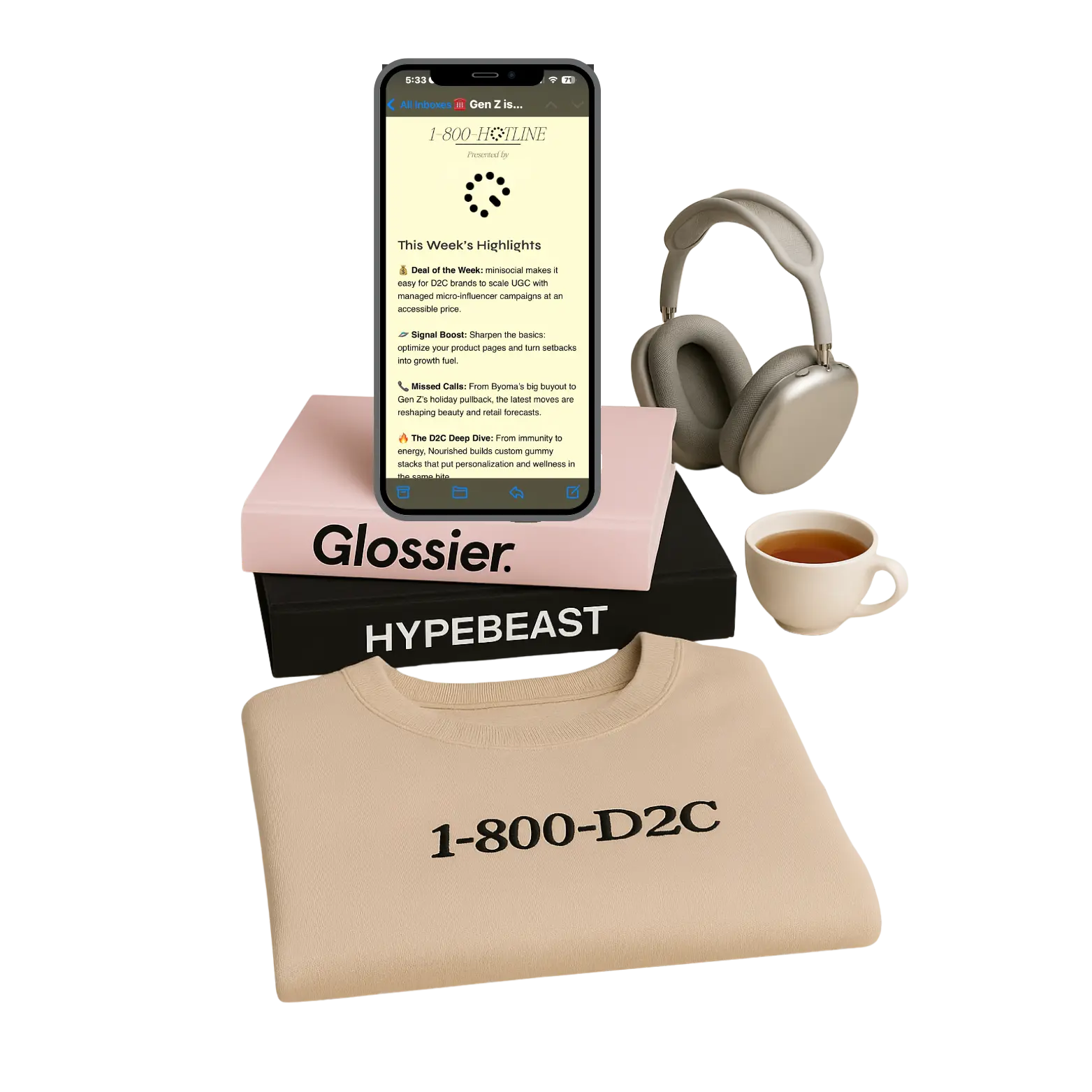
In the fast-paced world of e-commerce, shipping is no longer a behind-the-scenes task—it’s a make-or-break part of the customer experience. Few people understand that shift better than Christian MacLean, founder of ShipAccel powered by Pitney Bowes. With a career spent at the intersection of logistics and digital commerce, Christian has seen firsthand how outdated systems can slow brands down, eat into profit margins, and frustrate customers.
In this conversation, he shares why shipping needs to be treated as a strategic advantage, the industry shifts brands aren’t paying enough attention to, and the lessons he’s learned while building a tool designed for ecommerce’s new era.
[cta-btn title="ShipAccel powered by Pitney Bowes LinkedIn" link="https://www.linkedin.com/showcase/shipaccel/about/"]
ShipAccel is designed for ecommerce businesses looking to simplify shipping, reduce costs, and save time. Our powerful software connects seamlessly with carriers and platforms, helping you streamline operations, access discounted rates, and ship smarter.
It really hit during COVID when the entire logistics market flipped overnight. Shipping went from a back-office task to a brand-critical customer experience, and merchants were scrambling with legacy systems built for a different era. Every conversation I had with fast-growing brands sounded the same: they were trapped in brittle tech stacks, juggling patchwork tools, and paying the price with slow fulfillment, missed SLAs, and angry customers. I knew we had to build something better for ecommerce in this new era.
They treat shipping like an operational checkbox instead of a strategic advantage. It’s not just about printing labels anymore. It’s about controlling cost per order, and protecting your profit margin, but also delivering a great customer experience, that retains your customers and creates loyalty. Brands that leave shipping decisions to the warehouse floor miss massive opportunities to improve retention, increase repeat customers, reduce costs, and stand out.
I’ve spent my career at the intersection of logistics and digital commerce, watching the market evolve through every major disruption, from the rise of marketplaces to the pandemic surge. Being part of multiple ecommerce focused technology and operational businesses and having been a merchant myself has given me a front-row seat to how brands were struggling with outdated tools and fragmented processes. It became clear we needed to reinvent how shipping tech serves modern merchants.

I think customers are attracted to our merchant-focused point of view before they even have a chance to dig into the features, but our Order Management and Automation Rules are where we see our customers have an ‘aha’ moment. Fast-growing merchants are constantly looking for ways to scale their order volume without constantly adding headcount, and this is where we deliver immediate value. With shipping and order automation rules, order tagging, and batch label creation, customers can eliminate manual busywork, reduce errors during peak volume, and move orders out the door faster. It’s the first thing they realize can dramatically improve their fulfillment operation without operational complexity. They love that it lets them ship more orders with the team they have, freeing them up to focus on growing their business instead of managing backlogs.
I think customers are attracted to our merchant-focused point of view before they even have a chance to dig into the features, but our Order Management and Automation Rules are where we see our customers have an ‘aha’ moment. Fast-growing merchants are constantly looking for ways to scale their order volume without constantly adding headcount, and this is where we deliver immediate value. With shipping and order automation rules, order tagging, and batch label creation, customers can eliminate manual busywork, reduce errors during peak volume, and move orders out the door faster. It’s the first thing they realize can dramatically improve their fulfillment operation without operational complexity. They love that it lets them ship more orders with the team they have, freeing them up to focus on growing their business instead of managing backlogs.
Post-purchase experience is finally getting the attention it deserves, but too many brands still treat it like an afterthought. From proactive tracking updates to branded returns experiences, merchants who invest in what happens after the buy button are winning long-term loyalty. Shipping isn’t just logistics anymore. It’s marketing, customer experience, and retention strategy in one.
Custom work is tempting in the short term but dangerous in the long run. Early on, we learned how quickly one-off customer tweaks can derail a clean, scalable product strategy. Staying disciplined about what belongs in the core product versus what should be a custom integration has been critical for maintaining momentum and protecting operational efficiency.
“Run toward the problem everyone else is avoiding. That’s where the biggest opportunities live.” It’s easy to chase what’s trendy, but real value comes from solving messy, unglamorous problems that businesses can’t afford to ignore.
Discover new D2C brands, new eCommerce tools and read in-depth founder reviews each week.
